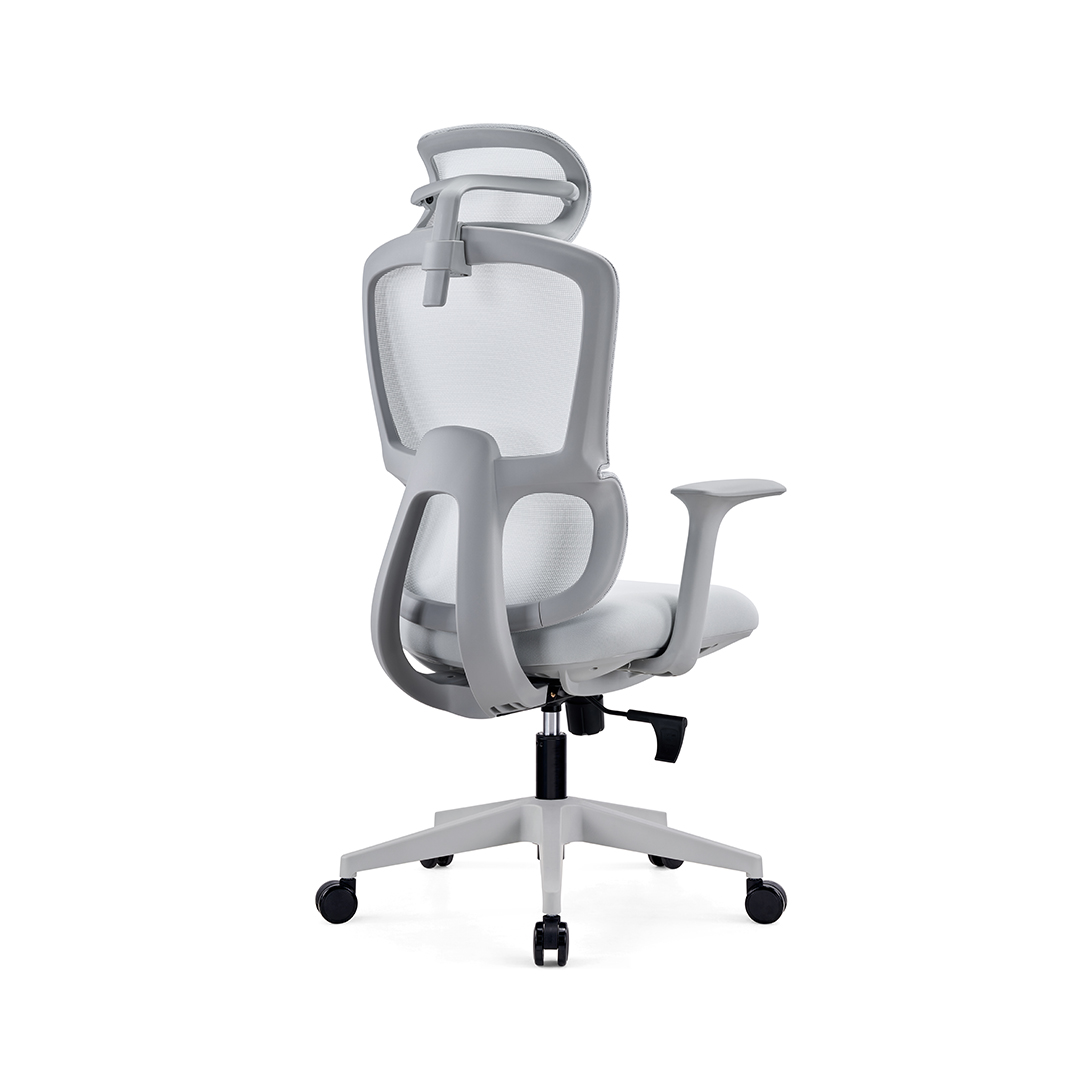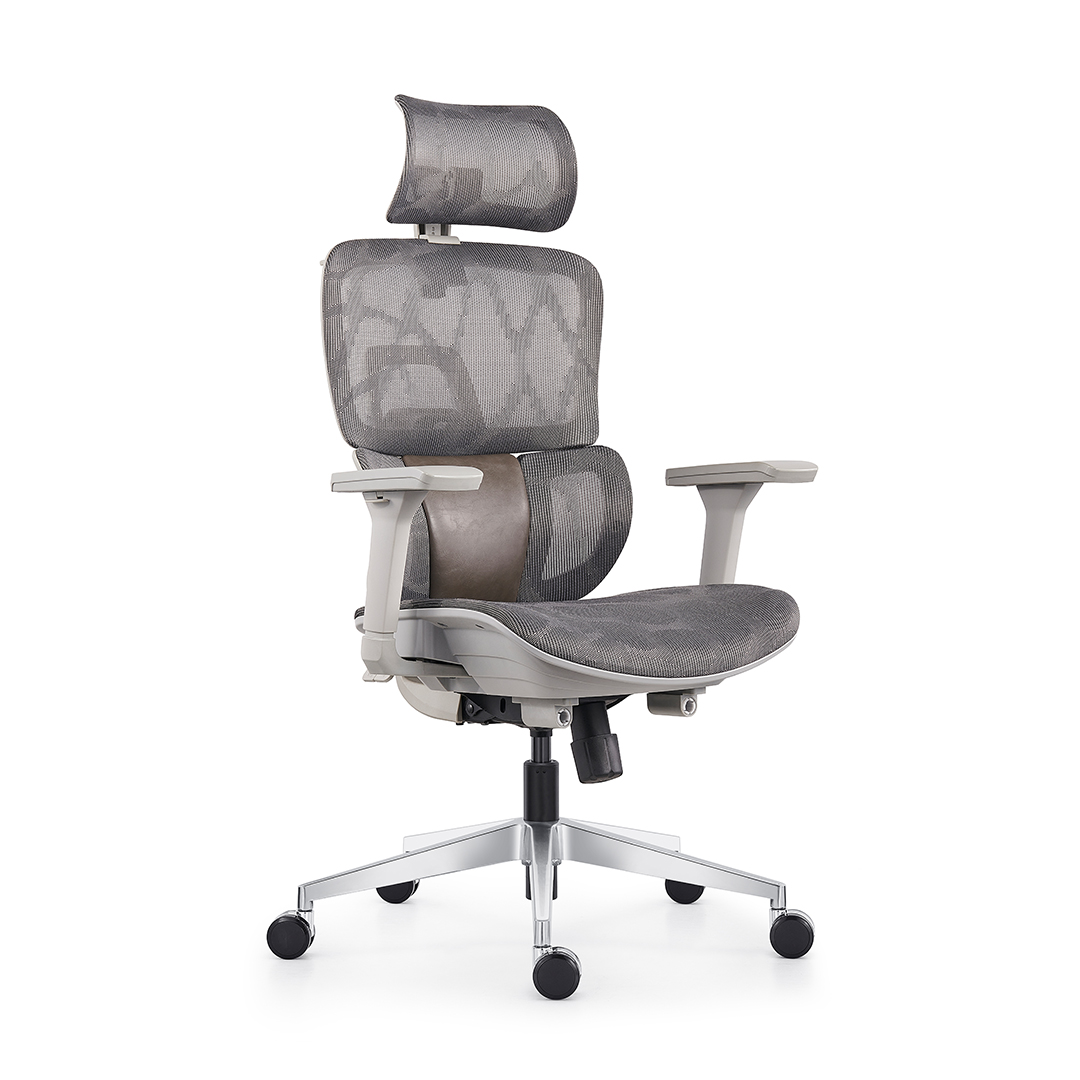The Pros and Cons of Ergonomic Office Chairs
In today's modern workplace, the ergonomic office chair has become a popular choice for many professionals seeking comfort and health benefits. However, like any product, it comes with its own set of advantages and disadvantages. In this article, we will explore both the pros and cons of ergonomic office chairs to help you make an informed decision.
Advantages of Ergonomic Office Chairs
- Enhanced Comfort and Support Ergonomic office chairs are designed to provide optimal support for the entire body. They typically feature adjustable lumbar support, which helps maintain the natural S-shaped curve of the spine.This reduces strain on the back and minimizes the risk of developing chronic back pain.Additionally, the adjustable headrests and armrests ensure that the neck and shoulders are properly supported, promoting a healthy posture throughout the day.

- Improved Circulation Proper posture and support provided by ergonomic chairs can enhance blood circulation. When the spine is correctly aligned, blood flow to the muscles and organs is improved, reducing fatigue and increasing overall energy levels.
- Increased Productivity By providing a comfortable and supportive seating experience, ergonomic chairs can help reduce physical discomfort and fatigue. This, in turn, allows individuals to focus better on their tasks, leading to increased productivity. Studies have shown that employees who use ergonomic chairs report fewer interruptions due to discomfort and are able to maintain a higher level of concentration.
- Customizability One of the key benefits of ergonomic office chairs is their adjustability. Users can customize the height, tilt, and depth of the seat, as well as the position of the armrests and headrests to suit their individual body dimensions.This ensures that each user can achieve the perfect fit, regardless of their height or body shape.

- Durability and Quality High-quality ergonomic chairs are often built with durable materials and robust construction. They are designed to withstand the rigors of daily use and can last for many years with proper care.Many brands offer long-term warranties, which further demonstrate their confidence in the product's durability.
Disadvantages of Ergonomic Office Chairs
- High Cost One of the most significant drawbacks of ergonomic office chairs is their price. These chairs are often more expensive than traditional office chairs due to their advanced design, superior materials, and extensive adjustability.While some high-end models can cost several hundred dollars or more, even mid-range ergonomic chairs can be a significant investment.

- Complex Adjustment Mechanisms While the adjustability of ergonomic chairs is a major advantage, it can also be a source of frustration for some users. The numerous adjustment options can be overwhelming, and it may take some time to find the optimal settings.Additionally, some users may find the adjustment mechanisms difficult to operate, especially if they are not familiar with the chair's features.
- Size and Space Constraints Ergonomic chairs can be quite large and bulky, which may not be suitable for all office environments.They require a certain amount of space to accommodate their adjustable features and various components. In smaller offices or home workspaces with limited room, these chairs may feel cramped and uncomfortable.
- Potential for Misuse Despite their many benefits, ergonomic chairs can only provide their intended benefits if used correctly. If users do not adjust the chair properly or fail to maintain good posture, they may not experience the full advantages of the chair.In some cases, improper use can even lead to discomfort or injur.
- Limited Compatibility Not all ergonomic chairs are suitable for every individual. People with unique body shapes or specific health conditions may find that certain models do not meet their needs. For example, some chairs may not provide adequate support for individuals with larger body frames or those with specific spinal issues.It is essential to carefully consider one's own requirements and test different models before making a purchase.
Conclusion
Ergonomic office chairs offer numerous benefits, including enhanced comfort, improved posture, and increased productivity. However, they also come with some drawbacks, such as high costs and potential complexity in adjustments. When choosing an ergonomic chair, it is crucial to consider your specific needs, budget, and workspace constraints. By carefully evaluating these factors and selecting a chair that suits your requirements, you can enjoy the many advantages of ergonomic seating while minimizing the potential disadvantages.
Post time: 2025-05-21
























